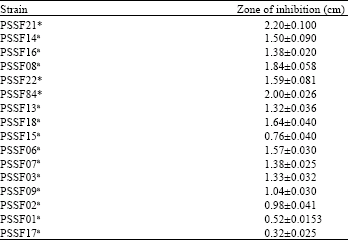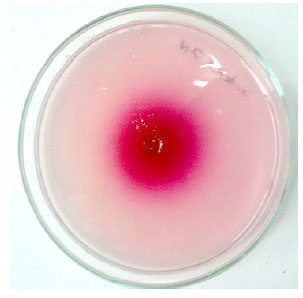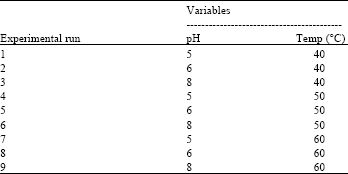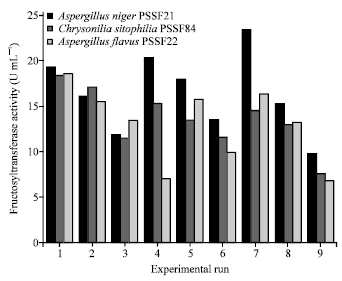Research Article
Screening of β-Fructofuranosidase Producers with High Transfructosylation Activity and its 32 Experimental Run Studies on Reaction Rate of Enzyme
Department of Research and Studies in Biotechnology, Gulbarga University, Gulbarga-585106, India
G.S.N. Reddy
Center for Cellular and Molecular Biology, Uppal-Hyderabad-580032, India
M.B. Sulochana
Department of Research and Studies in Biotechnology, Gulbarga University, Gulbarga-585106, India













